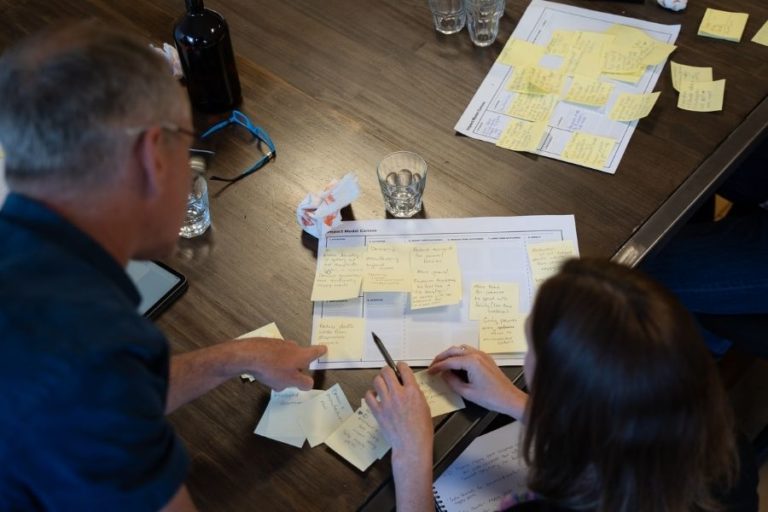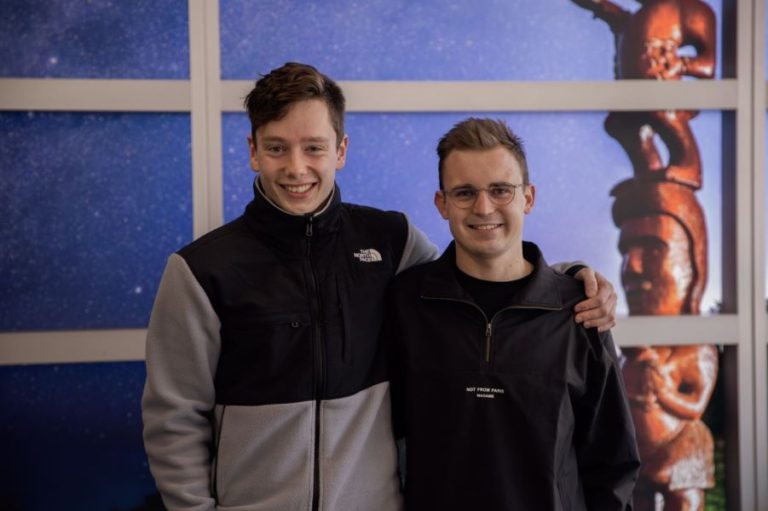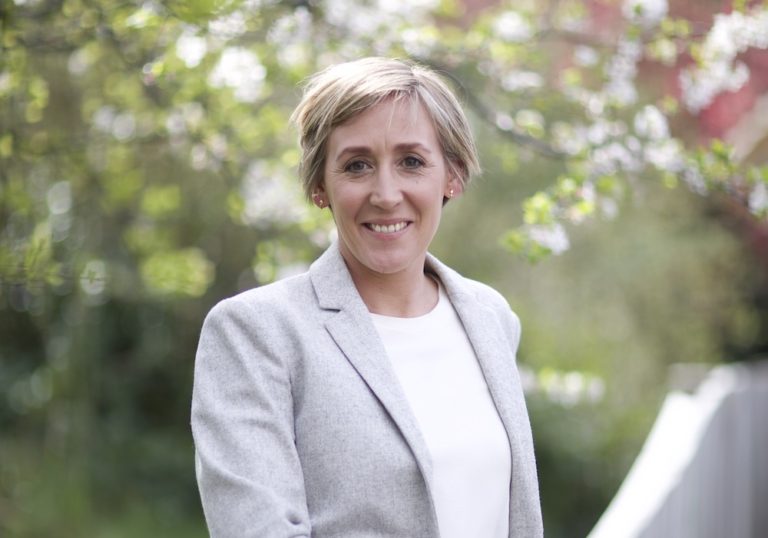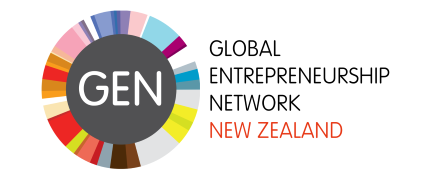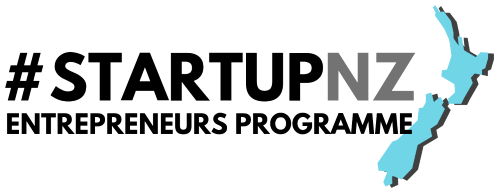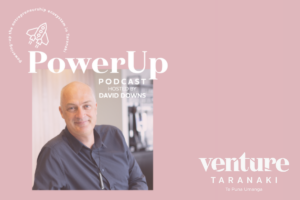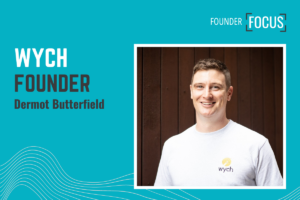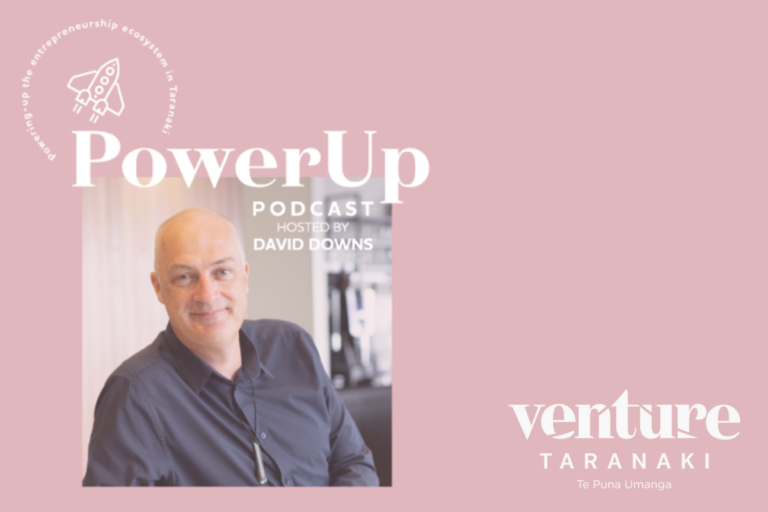Kry10 is building a new computer operating system to power the Internet of Things
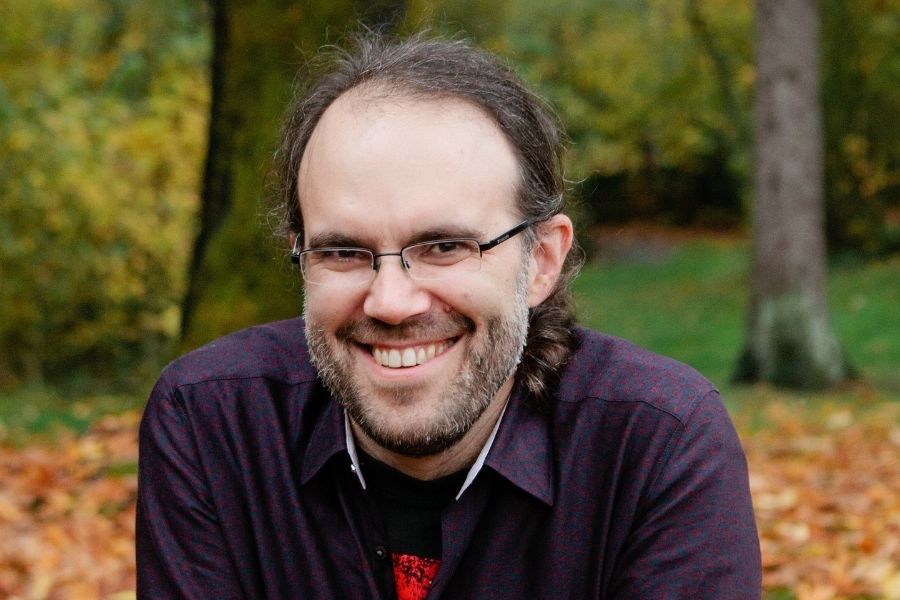
As our crowded world comes close to hitting eight billion people, we expect the Internet of Things (IoT) to keep up. Wellington-centred software startup Kry10 hopes to find a market for a completely new – and far more secure – operating system, designed for companies using IoT. Michael Botur spoke to the founder.
IoT is the concept by which nearly all hardware devices in the world can be connected to software and the internet – meaning they can all potentially be operated remotely.
We see IoT in use, for example, when a utilities company – say, an electricity lines provider – is required to service a population of people drawing on its power supply. These sorts of companies need to be part of IoT so they can do things such as gather data from sensors, manage and allocate electricity supply on the grid and optimise service – all through electronically-manageable moving parts which can be operated over the internet.
Companies using IoT need their computers’ operating systems to have very high security, too. This is why the Kry10 Operating System is “barrelling towards a closely-held release”, having achieved a working prototype in 2020, according to founder and CEO Boyd Multerer.
First drafted around 2015 – before Multerer even arrived in New Zealand – Kry10 was the sensible next step after 20 years at Microsoft because Multerer could see the market opportunities and demands IoT was creating.
Multerer created a brand new operating system because he believed IoT necessitates that devices should be portals for web ecosystems to flow between servers and your living room, and also believed that allowing connected devices and cross-platform applications to be easily programmable – and to have maximum security – would require a completely new operating system.
At Microsoft, one of Multerer’s jobs had been helping the Xbox gaming console be part of a worldwide online gaming network, with all players/customers connected through hardware consoles which interacted via internet cables which interacted with their data beamed out of Xbox servers (much like a power company remotely controlling its grid).
Some of the expertise Multerer cultivated was about how to create operating systems for hardware which would allow others to build upon them – for example, game developers who wanted to design games to work well on the Xbox.
After he left Xbox around 2015, Multerer conceived of an operating system he called Kry10 (pronounced Cry-Ten) which he named as a reference to both cryptography and the character Kryten from the cult British sci-fi TV series Red Dwarf.
The Kry10 OS will power a small but important range of the many computer designs available in the world, and allow those computers to use the highly secure seL4 microkernel (a microkernel is software code which efficiently runs the most basic functions of an operating system).
Working on a tech project for IoT was inevitable for Multerer – though running it from New Zealand was serendipity.
“After Xbox One, working on that seven days a week for ten months, I had to take a break. I decided to build an OS and my wife and I decided we would try to run a software company remotely. My wife is a data scientist, so when we were looking for a place to live, she built a model and crunched numbers and the top five cities in the world were Wellington, Auckland, Sydney, Stockholm and Melbourne. Two of the top five best cities in the world were in New Zealand – that told us something!”
Kry10 was officially founded in March 2017 when Multerer was still going through what he calls the “really hard” process of applying for an Edmund Hillary Fellowship for entrepreneurship, which draws talented permanent residents into NZ.
“The fellowship was really hard to get, it took a tonne of interviews. The main requirement to get permanent residence looks at the question of, ‘Are you creating an economic impact?’ Clearly we did that.”
During the period of detaching himself from post-Xbox America, Multerer avoided taking investors’ money while he ironed out technical risks in the Kry10 OS throughout 2018 and 2019.
To pay for the company without cash coming in, “Me and my wife cut our vacations and watched what we spent and just lived for a couple of years while I was coding like crazy. I kept expenses super-low until raising money from investors in March this year.”
Some Kry10 staff were paid with equity in the company last year before investors from the US and NZ Growth Capital Partners seed funded Kry10.
Multerer these days wants to move on from being thought of as a Microsoft/Xbox person, though he took a lot of learning away from his years at the Seattle giant.
“Game consoles are big, fat, hot plugged-in IoT devices. You learn hard lessons about their connection. My original motivation for creating our operating system was, ‘Can I take lessons from Microsoft and Xbox and boil it down to something different?’ Remember, Tesla asked, ‘What could a car be?’ and boiled that down to the basics and rebuilt it. For me, I asked, ‘What can an operating system be?’ So I’ve gone back to the fundamentals.’
One of Multerer’s carefully thought-out decisions was to “make a huge bet” and support the Ericsson-developed programming language Erlang BEAM as the Kry10 OS’s first-class preferred application environment.
“We also support applications and drivers written in C and are working on RUST support,” Multerer adds.
Not all processors will be compatible with Kry10, but the number of devices Kry10 might be built into is huge.
“We fully intend to change the way billions of devices are built. But you have to be careful about what you build first.”
Multerer says he learned at Xbox to be extremely careful not only about building on the IoT but also with building teams, which is why he has hand-picked key staff including operating-systems engineer Kent McLeod, business and operations developer Jason Fox, and Mahi Paurini, who drives research, compliance, and developer education and support.
NZ Entrepreneur can’t show a team photo for Kry10, funnily enough – which is a very 2021 problem. “In this modern era, we’ve only gotten together once as a team!” Multerer admits.
The remote team currently consists of four people in Sydney, four in New Zealand, and one in the United States, and will soon expand, thanks to investor capital.
Although he spends a typical day “Half doing calls on Zoom to clients worldwide, half coding,” Multerer says NZ’s isolated location is no longer a disadvantage. “Now I have meetings in the US, Sweden all over the world – it doesn’t make a difference. NZ is ideal for development.”
Story created in partnership with NZ Growth Capital Partners.



